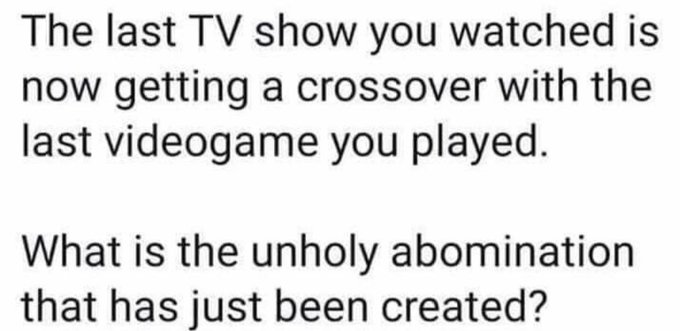S-E also released DQ9 for DS in the midst of this big marketing push in 2010. However, after this and DS DQ6, their releases went quiet for several more years while DQ10 flourished in Japan as an MMORPG (spearheaded by the now way more famous Yoshi-P).
Real talk, Rocket Slime's English translation is like a master class in punnery. It's genius. That game is an absolute delight to read and experience. I can't recommend it enough.
https://t.co/mHpdVyQu48
S-E used DQ8 as the launch point of a hard push to try and make DQ happen in the West. Over the next few years, their notable releases included DQ Monsters Joker 1 and 2, DQ Swords, and Slime Morimori DQ 2, shortsightedly named "Dragon Quest Heroes: Rocket Slime".
No DQ translation primer would be complete without mentioning the games that most notably DIDN'T get translations at the time: Everything in the SNES era. 5, 6, 1+2 Remake, 3 Remake, Torneko's Mystery Dungeon.
It also started a decades-long practice of trying to steer away from Toriyama's art. Even when Enix US started embracing their game's style in the late 90s, they still often eschewed 2D art in favor of clunky 3D game covers, a longstanding Western tradition.
@sasuraiger This article has some pretty reasonable advice directed at parents who have no idea where to start when their kids want to consume media. Also this image made me lol IRL.
Okay, let's get this started. Please enjoy the high-poly prerendered models on the loading screens.
Sit down, boys and girls, and join me in a look back at a set of two highly distinctive late 90s licensed anime SRPGs for the Saturn and PS1. I'm talking, of course, about Slayers Royal 1 and 2.






























